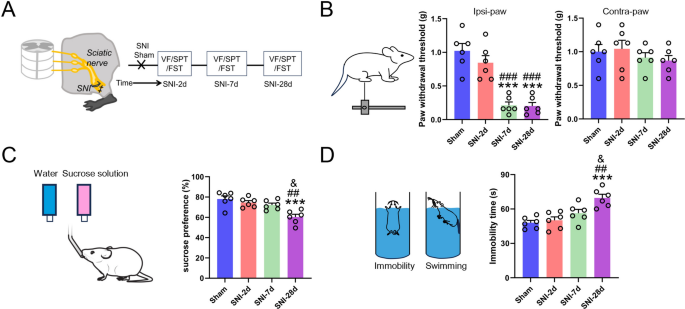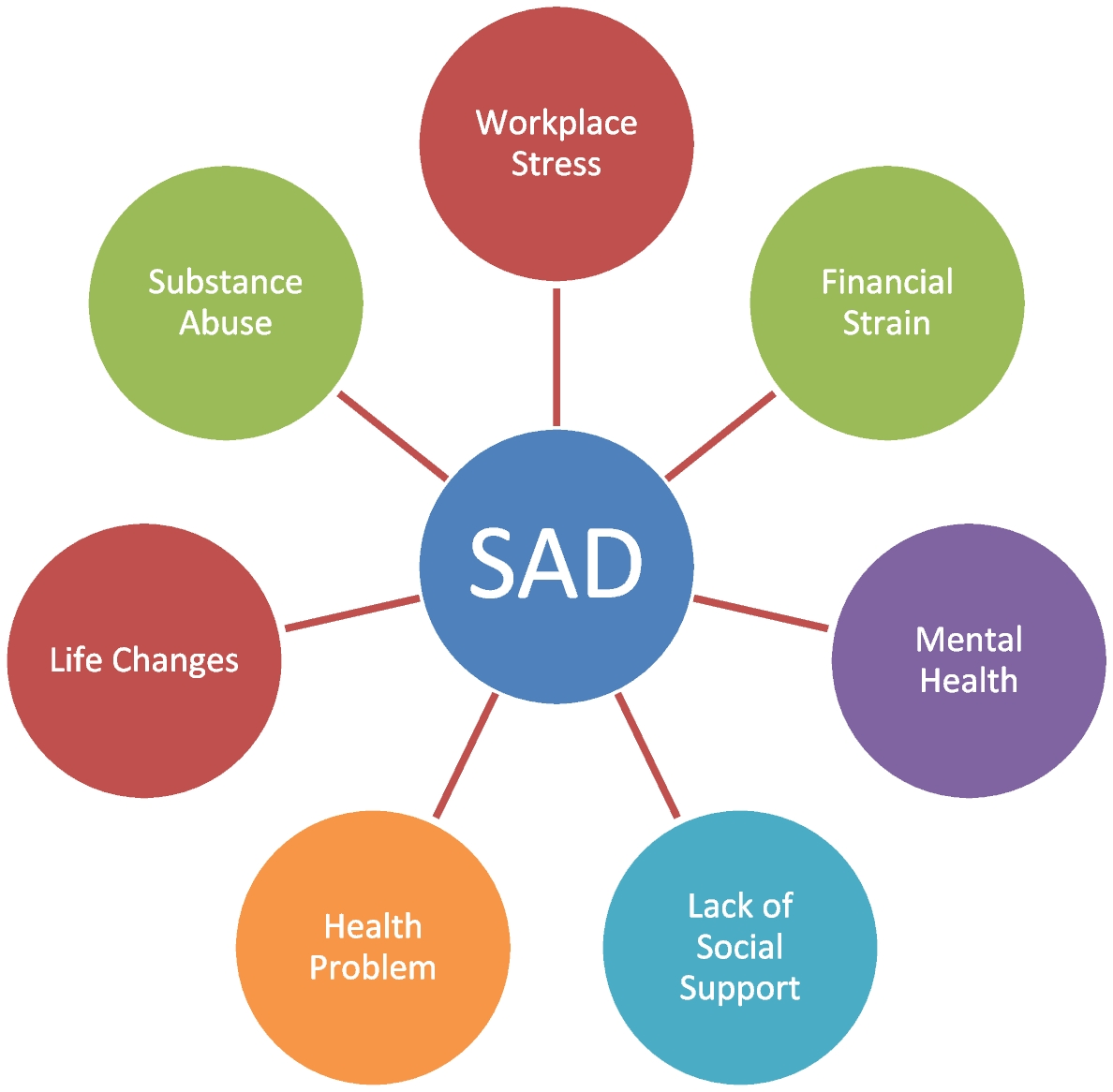Chronic pain and depression frequently occur together, complicating treatment and worsening patient outcomes. A recent study published in Scientific Reports identifies a specific neural pathway connecting the primary somatosensory cortex (S1) to the basolateral amygdala (BLA) that plays a role in this comorbidity. The research highlights how neuropathic pain, induced by spared nerve injury (SNI), can trigger depressive-like behaviors through this neural circuit.
Researchers observed that in a mouse model of neuropathic pain, there was increased activity in both the S1 and BLA regions during the chronic phase of pain. This heightened activity correlated with the development of depression-like symptoms, suggesting that these areas are interconnected in their influence on emotional and pain responses.
Utilizing advanced techniques such as viral tracing and in situ hybridization, the study characterized the glutamatergic projections from S1 to specific cholecystokinin (CCK) neurons in the BLA. Findings from in vivo fiber photometry and calcium imaging revealed that the neurons projecting from S1 to the BLA were overactive during depressive states induced by chronic pain.
Furthermore, researchers demonstrated that inhibiting the S1-BLA circuit could effectively block depressive symptoms associated with neuropathic pain. When the expression of CCK in the BLA was specifically reduced, depressive-like behaviors in mice were also alleviated. These results suggest that the S1-BLA circuit is a critical mediator in the transition from chronic pain to depression.
Chronic pain afflicts millions worldwide and is often accompanied by depression, which can complicate treatment strategies. Understanding the neural mechanisms underlying this relationship is crucial for developing targeted therapies. Current treatment options for chronic pain and depression often lack effectiveness, leading to a pressing need for innovative approaches.
The study indicates that targeting the neural pathways involved in this comorbidity could offer new avenues for treatment. By focusing on the S1-BLA connection, researchers hope to identify specific interventions that could reduce the incidence of depression in patients suffering from chronic pain conditions.
Overall, this research underscores the importance of exploring the neural circuits that link physical pain and emotional distress. Addressing these pathways could lead to more effective treatment strategies for individuals facing both chronic pain and depression.



